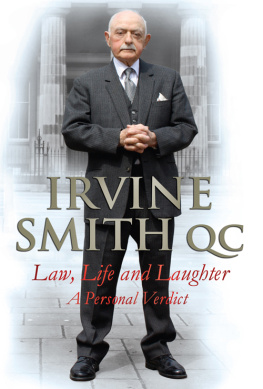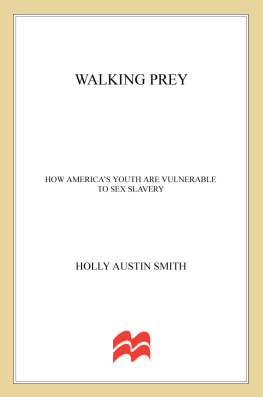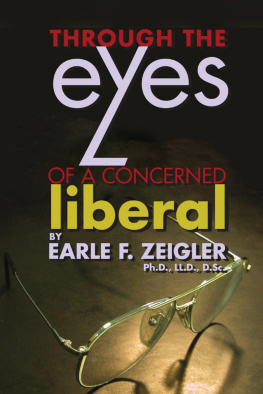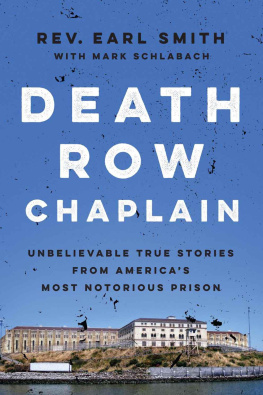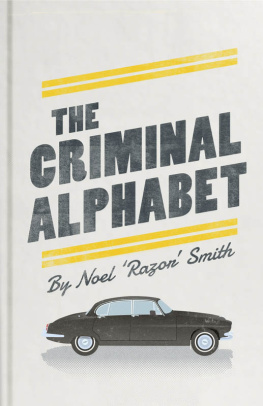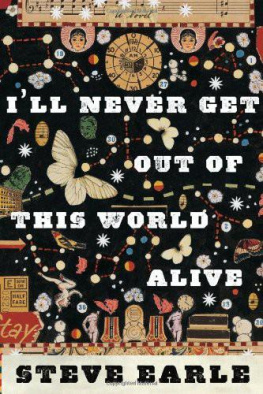PRAISE FOR
LAST GANGSTER IN AUSTIN
A rookie district attorney. A wily, backslapping multimillionaire bail bondsman. And one of the biggest criminal investigations in Austin history. Jesse Subletts book is both a riveting crime story and a character-rich study of Austin, Texas. Its smartly crafted and excellently researched.
SKIP HOLLANDSWORTH, author of The Midnight Assassin: The Hunt for Americas First Serial Killer
Once again Jesse Sublett proves that the Lone Star States capital lives up to its mantra: Keep Austin weird. Enjoy this romp back in time to the era when Ronnie Earle ruled at the courthouse and Frank Smith in the salvage business.
KATHRYN CASEY, best-selling author of In Plain Sight: The Kaufman County Prosecutor Murders
Jesse Sublett is a first-rate writer and researcher. Once again, he dives deep, exposing the creeps and bottom feeders of Austins criminal past to create an engrossing portrait of district attorney Ronnie Earle at the dawn of his long and legendary career. Last Gangster in Austin is a great read.
W. K. KIP STRATTON, author of The Wild Bunch: Sam Peckinpah, a Revolution in Hollywood, and the Making of a Legendary Film
Also by Jesse Sublett
NONFICTION
1960s Austin Gangsters: Organized Crime That Rocked the Capital
Never the Same Again: A Rock N Roll Gothic
Esthers Follies: The Laughs, the Gossip, and the Story Behind Texas Most Celebrated Comedy Troupe
Armadillo World Headquarters: A Memoir, with Eddie Wilson
Broke, Not Broken: Homer Maxeys Texas Bank War, with Broadus Spivey
History of the Texas Turnpike Authority
FICTION
Rock Critic Murders
Tough Baby
Boiled in Concrete
Grave Digger Blues
JESS AND BETTY JO HAY SERIES
LAST GANGSTER IN AUSTIN
FRANK SMITH, RONNIE EARLE, AND THE END OF A JUNKYARD MAFIA
JESSE SUBLETT

UNIVERSITY OF TEXAS PRESS
AUSTIN
Copyright 2022 by Jesse Sublett
All rights reserved
First edition, 2022
Requests for permission to reproduce material from this work should be sent to:
Permissions
University of Texas Press
P.O. Box 7819
Austin, TX 78713-7819
utpress.utexas.edu/rp-form
Names: Sublett, Jesse, author.
Title: Last gangster in Austin : Frank Smith, Ronnie Earle, and the end of a junkyard mafia / Jesse Sublett.
Other titles: Jess and Betty Jo Hay series.
Description: First edition. | Austin : University of Texas Press, [2022] | Series: Jess and Betty Jo Hay series | Includes bibliographical references and index.
Identifiers: LCCN 2021047955 ISBN 978-1-4773-2585-8 (cloth) ISBN 978-1-4773-2398-4 (paperback) | ISBN 978-1-4773-2399-1 (PDF) ISBN 978-1-4773-2400-4 (ePub)
Subjects: LCSH: Smith, Frank (Bail Bondsman)Trials, litigation, etc. | Earle, Ronnie. | Smith, Frank (Bail Bondsman) | GangstersTexasAustinBiography. | Public prosecutorsTexasAustinBiography. | Organized crimeTexasAustinHistory20th century. | TrialsTexasAustinHistory20th century.
Classification: LCC F394.A953 S83 2022 | DDC 976.4/31063dc23/eng/20211018
LC record available at https://lccn.loc.gov/2021047955
Cover and interior design by Amanda Weiss
doi:10.7560/325858
This book is dedicated to my wife, Lois, and my mother, Elizabeth.
CONTENTS
Every society gets the kind of criminal it deserves.
ALEXANDRE LACASSAGNE, CRIMINOLOGIST (18431924)
You must be crazy coming in here to raise a posse. Franks got friends in this room. You ought to know that.
BARTENDER TO MARSHAL WILL KANE IN HIGH NOON (1952)
What does seem to be eternal about the job is dealing with the expectations that our most visible constituencies have of prosecutors. The police expect us to validate their actions. Crime victims expect us to ease their pain. The media expects us to be perfect, like they would be if they just had subpoena power. I call it subpoenas envy.
RONNIE EARLE, TRAVIS COUNTY DISTRICT ATTORNEY (19772008)
AUTHORS NOTE
DEEP DIVE
In the early 2000s I started writing a memoir, published in 2004 by Boaz/Ten Speed, titled Never the Same Again: A Rock n Roll Gothic. The highlights of my music career in Austin and Los Angeles, along with my gradual transition to being a writer, offer a lot of humor and absurdity. Theres even some levity in my battle with Stage IV neck cancer, with less than 10 percent chance of survival. Woven through the narrative is the story of the murder of my girlfriend, Dianne Roberts, by a serial killer in August 1976 and the long trail of dire, life-challenging repercussions that follow such a thing.
A nineteen-year-old electrician named Lyle Richard Brummett confessed to the murder. He also confessed to killing a sixteen-year-old girl in Kerrville in 1975 while serving as an accomplice in the murder of an eighteen-year-old girl on the same occasion. The case was a big story in the media, with maddingly frequent updates, as if they feared I might somehow forget about the moment I came home from a gig and found her body. To retain some semblance of sanity, I would leave the room anytime the local news came on television. I read no daily newspapers at all that year.
When I started researching the case for my memoir, almost twenty-five years had gone by, but the time gap did nothing to ameliorate the pain of confronting unpleasant aspects of the story for the first time. It was hard work. I camped out at the courthouse archives in Travis and Kerr Counties, interviewed people, and spent hundreds of hours with newspaper microfilm. My focus was the period between August 1976, when the Austin murder occurred, and May 1977, when Brummett and his accomplice were shipped off to prison for their crimes.
During this research I kept running into stories about Frank Smith. On some days there would be a story about the Brummett case and a story about Frank Smith in the same section of the paper. At least once (February 5, 1977, for example), the stories were on the front page. Who was Frank Smith? I wondered.
Smith, I learned, was a powerful man who had powerful friends. Convicted twice on car-theft charges, the second time for switching VIN numbers from salvaged autos to stolen ones, his criminal record and unsavory associations did no apparent harm to his wrecking yard business. He thrived on being quoted in the media, and reporters happily accommodated him. He was a six-foot-two, XXXL loose cannonball of contradictions: he would swagger and brag about how rich he was, then make a self-deprecating remark about being a modest country boy. The son of a Baptist preacher, he often quoted the Bible, even in response to a message that a murder-for-hire contract had been fulfilled.
At the same time, newly elected Travis County district attorney Ronnie Earle, already a potent political figure in Travis County, had taken the reins at the county prosecutors officethe most powerful in the state, as its purview included felony crimes committed by state officials, corporations, and other large entitiesand during his first month in office, indictments were secured against Frank Smith, setting the stage for one of the biggest criminal trials in Travis County history. Earle had entered public life as a municipal judge at the relatively young age of twenty-six, and he shone during his brief career as a state representative from Austin (19731976). As the new district attorney, however, Earle had everything to prove: plenty of rivals were betting on him to fail. The courthouse good old boys viewed him as an outsider. Candidates for district attorney were expected to ascend to the post via the usual ladder: that is, inside the county courthouse system, starting out as assistant district attorney or assistant county attorney. To the courthouse good old boys, Earle had nervily strutted over from the legislature, thrown his hat in the ring, and walked away with the prize.



